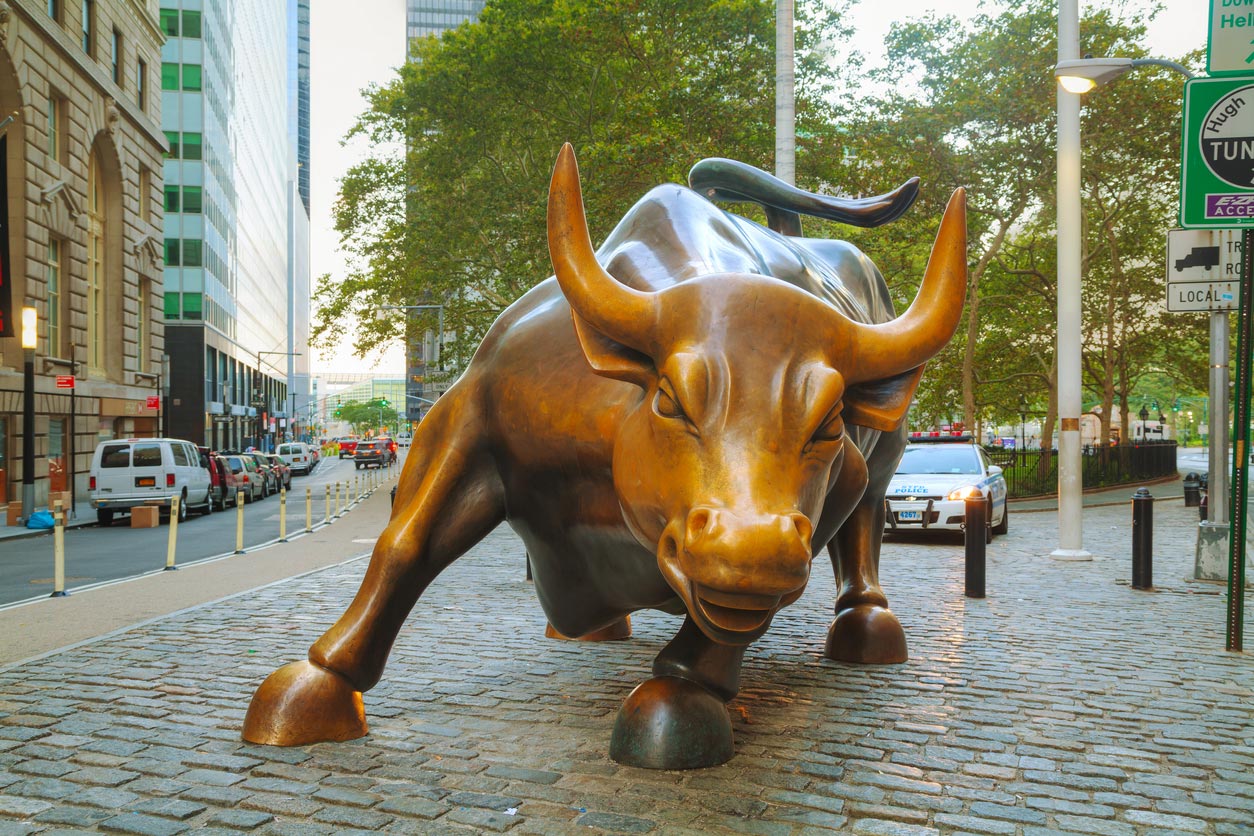Last week, the Moody’s agency slashed the credit rating on New York City’s debt. Just like with your credit score, the lower it goes, the higher an interest rate the city pays, putting us further in the hole.
Gotham owes $116.1 billion in various types of debt. Of that total, Moody’s action covers $39 billion in “general-obligation” bonds — those secured by the city’s full faith, backed up by the city’s pledge to raise property taxes to whatever level needed.
As Bloomberg News notes, the city hasn’t suffered a Moody’s downgrade since the Dinkins days.
The cut already has had an impact on borrowing costs. A month ago, the interest rate on debt that comes due in 2034 was about 1.8 percent. Last Friday, it was 2.1 percent.
If we have to refinance our existing debt over the next 10 years, as the city comptroller predicts, that tiny difference means an extra $60 million in annual costs. (The rates are this low only because of the federal rescue we have already got — zero-percent base interest rates, set by the Federal Reserve.)
Plus, the city doesn’t want to just refinance, but borrow more. With rising debt levels, annual debt-service costs were already set to rise to $9.1 billion by 2024, from $6.8 billion in 2019.
The most worrisome aspect of the downgrade wasn’t the numbers, but the words. Ratings agencies shy away from criticizing elected officials. But this report came close. “The current budget assumes $1 billion in savings will come from labor concessions or headcount reductions, but those savings have not been formalized,” the analysts say.
Ratings-speak for: Mayor Bill de Blasio said he would cut $1 billion, then he dithered.
And $1 billion isn’t very much, in the context of our shortfall. Before the pandemic, the city expected to take in $131 billion in taxes over the course of 2020 and 2021. Now, it expects $120.7 billion — a $10.3 billion drop.
De Blasio’s strategy is to borrow more. He wants Albany to authorize $5 billion to $7 billion in lending and wait for a President Biden to save us. But borrowing to what end? Hizzoner should lay out three scenarios for recovery (good, bad, and moderate) and then explain what the city would do, in specific spending cuts or attempted revenue-raising measures, in each scenario.
We are already way behind. A $150,000 salary cap for non-union white-collar workers — hardly poverty level — would save $200 million a year. Asking unionized workers for a wage freeze for the last year to two years left on contracts — not a big ask, with 650,000 New Yorkers out of work — would save $1.9 billion.
The biggest chunk of that would be the cancellation, or, at least, deferral, of $1.5 billion in Bloomberg-era back pay that de Blasio approved for teachers and civilian workers in his first year in office, knowing, nearly seven years ago, that it wouldn’t be paid out until October 2020.
Once that money is sent out the door this month, it’s gone.
And now, give de Blasio a little credit: He has canceled potential future raises after existing union contracts expire, in 2021 and 2022. That’s concrete savings of $200 million a year, starting next year — and the same thing he criticized Bloomberg for during the 2008 financial meltdown.
And give him a little more credit: He has delayed his four-borough jail plan, at a savings of $500 million. Delay can become cancellation — which means more savings.
In a slow recovery, it won’t be enough.
With New York missing nearly 15 percent of its jobs, compared to 7.4 percent for the nation, slow may be what we get. New York, Moody’s said, will have no “back-to-normal economy until a vaccine is widely available.” So we’re likely on “a longer recovery path than most other major cities.”
The issue isn’t whether Biden would offer blue states cash next year — he almost certainly would — but what happens after that. Biden doesn’t owe New York anything. Four decades ago, both presidents Ronald Reagan and Jimmy Carter had an interest in the city’s fortunes, because New York was in political play. Not anymore.
The specter of a state takeover also looms, as it did then. But, oops: Moody’s also downgraded New York state last week.
This piece originally appeared at the New York Post
______________________
Nicole Gelinas is a senior fellow at the Manhattan Institute and contributing editor at City Journal. Follow her on Twitter here.
This piece originally appeared in New York Post
